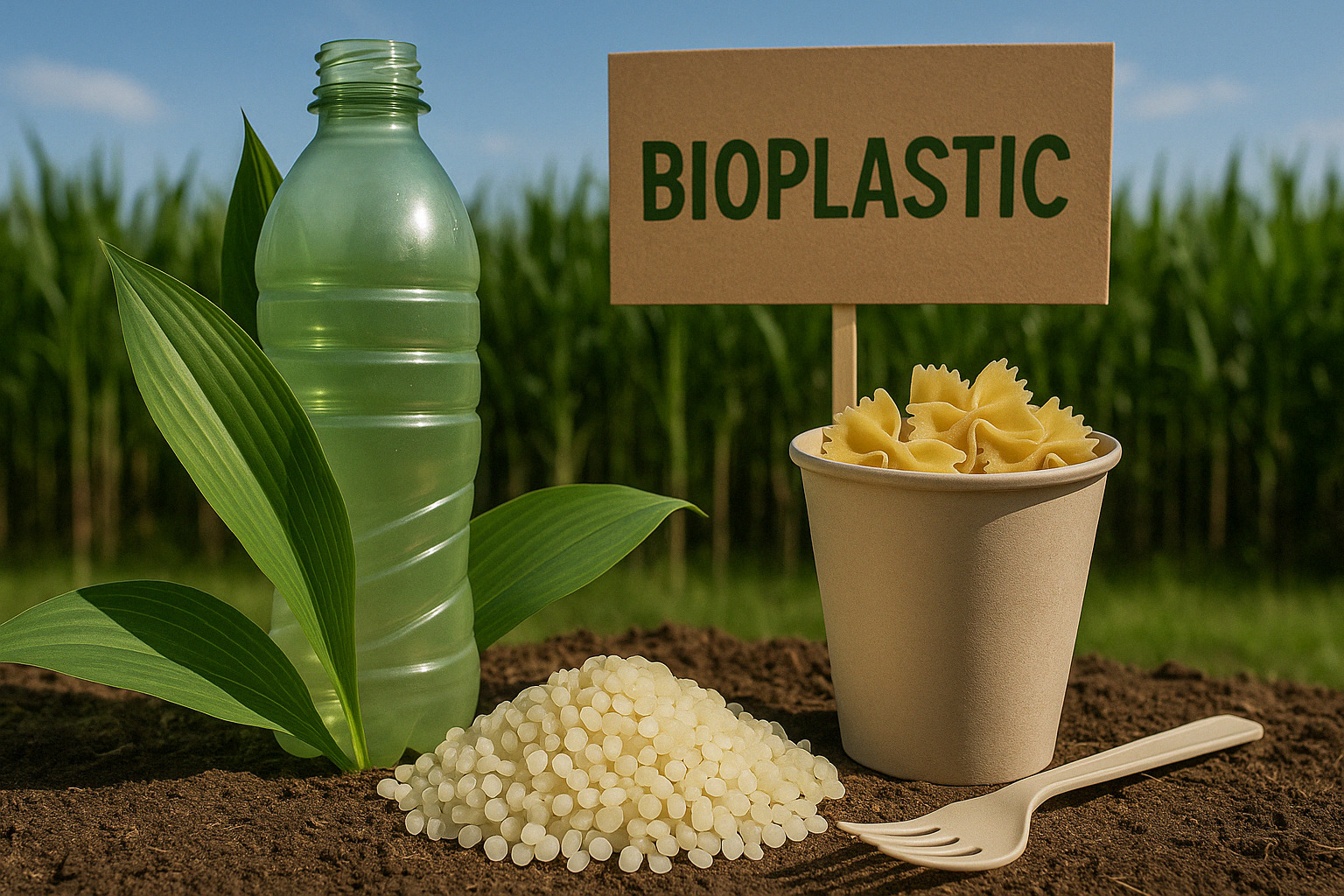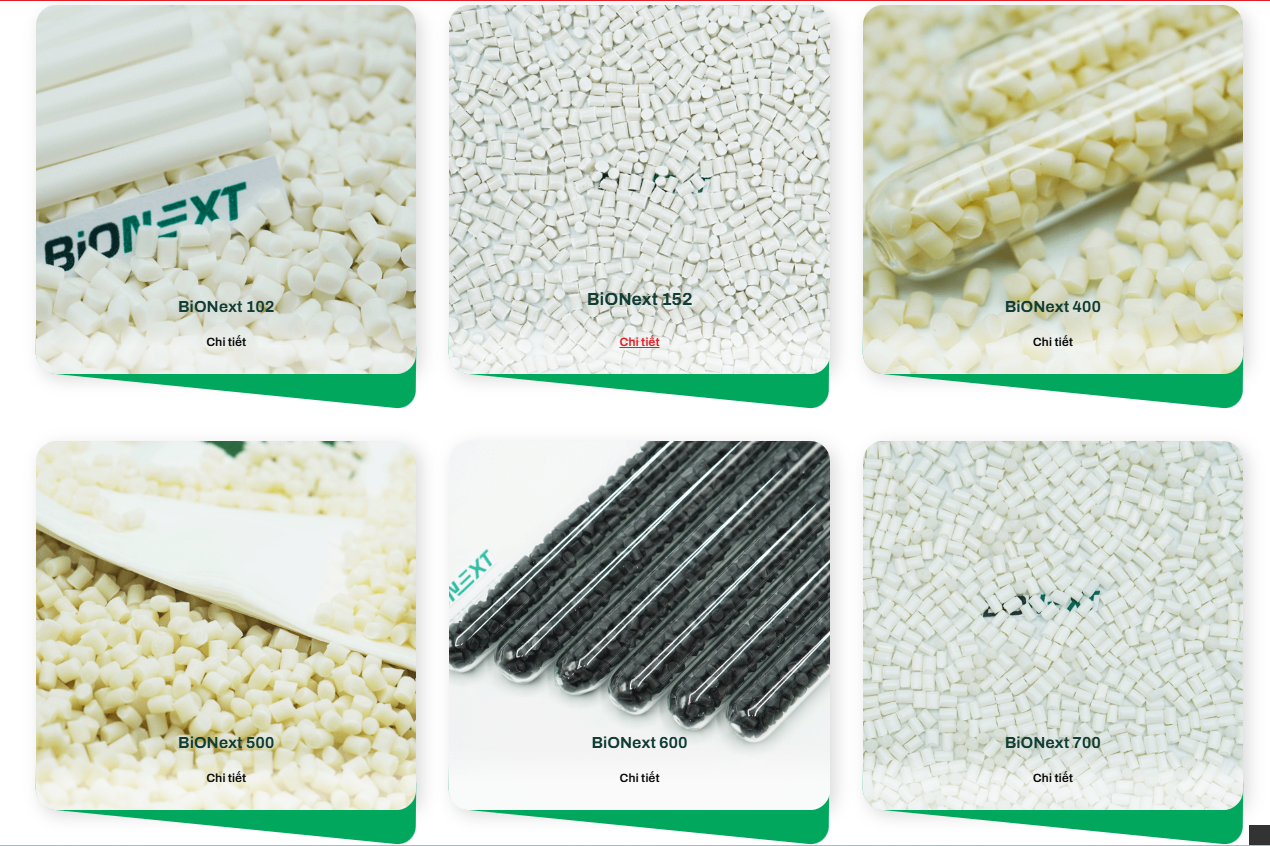The bioplastic market is entering a transformative period. Amid rising concerns over climate change and plastic pollution, industries are pivoting toward eco-friendly alternatives that balance performance and environmental impact. The bioplastic market—driven by demand for sustainable packaging, materials innovation, and regulatory action—is now seen as a cornerstone of the global transition to circular economies.
In 2025, several converging forces are reshaping the bioplastic landscape. These include heightened regulatory pressure, technological innovation, and shifting consumer expectations. Below is a comprehensive look at the most influential trends shaping the bioplastic market this year.
1. Accelerated Market Growth Across Regions
According to a recent market report by BusinessWire, the global bioplastic market is projected to grow from USD 14.1 billion in 2024 to USD 44.3 billion by 2030, representing a compound annual growth rate (CAGR) of over 21%. This extraordinary growth stems from increasing demand across industries such as packaging, automotive, agriculture, electronics, and textiles.
In particular, Asia-Pacific is expected to dominate market expansion. Countries like China, Japan, India, and South Korea are actively investing in bioplastic infrastructure and R&D, encouraged by favorable regulations and the need to address mounting plastic waste. Meanwhile, Europe continues to lead in terms of regulatory support, with the EU’s Single-Use Plastics Directive propelling demand for compostable and recyclable alternatives.
North America, though slower in adoption, is catching up as multinational corporations integrate bioplastics into product lines to meet ESG targets. In Latin America and Africa, emerging initiatives are focusing on biodegradable packaging solutions in agriculture and food distribution.

The global bioplastic market is projected to have an annual growth rate (CAGR) of over 21%.
2. Shift Toward Drop-In Bioplastics: Compatibility Drives Adoption
One of the more pragmatic developments in the bioplastic market is the increasing focus on drop-in bioplastics. These are materials like bio-PET, bio-PE, and bio-PP that are chemically identical to traditional plastics but derived from renewable sources such as sugarcane or corn.
The appeal of drop-in bioplastics lies in their seamless compatibility with existing processing and recycling infrastructure. This means manufacturers can switch to sustainable inputs without the need for extensive capital investment. As such, brands in fast-moving consumer goods (FMCG), particularly beverage and personal care companies, are adopting drop-in resins for bottles, containers, and flexible packaging.
Industry leaders like Coca-Cola and Nestlé have launched bio-PET packaging initiatives, showcasing how drop-in alternatives can scale without sacrificing quality or performance. For these companies, drop-ins are a bridge between environmental responsibility and commercial feasibility.

One of the more pragmatic developments in the bioplastic market is the increasing focus on drop-in bioplastics.
3. Biodegradable and Compostable Plastics Gain Ground
At the other end of the bioplastic market spectrum, biodegradable and compostable materials are gaining traction in sectors with short product lifecycles. Materials such as PLA (polylactic acid), PHA (polyhydroxyalkanoate), and PBAT (polybutylene adipate terephthalate) are now commonly used in single-use cutlery, food packaging, coffee capsules, and agricultural mulch films.
Unlike drop-in bioplastics, these materials are engineered to break down in specific environments—either through industrial composting or anaerobic digestion. The expansion of composting infrastructure, especially in urban centers of Europe and North America, is making these applications increasingly viable in the bioplastic market.
Regulatory support has also played a role. France, Italy, and Spain have introduced mandates for compostable bags in retail and food service, aligning with EU goals for circular bioeconomy. Furthermore, companies like BASF and Total Corbion PLA are actively investing in biodegradable polymer development, signaling the commercial maturity of this segment of the bioplastic market.

Biodegradable and compostable materials are gaining traction in sectors with short product lifecycles.
4. Feedstock Diversification and Technological Breakthroughs
While first-generation bioplastics are typically derived from food crops, the shift toward non-food biomass is accelerating across the bioplastic market. Second-generation feedstocks include agricultural residues, seaweed, algae, and even captured CO₂. These alternatives reduce pressure on food supply chains and enhance sustainability credentials.
Technologies like microbial fermentation, enzymatic polymerization, and reactive extrusion are enabling the efficient conversion of unconventional inputs into high-performance biopolymers. For instance, PHA produced by bacterial fermentation of waste cooking oil is being piloted in Europe and Asia, offering promising results in packaging and medical applications within the bioplastic market.
The integration of artificial intelligence (AI) and machine learning in material development is also contributing to better predictive modeling of bioplastic behavior—improving formulation accuracy and reducing time-to-market.

The shift toward non-food biomass is accelerating across the bioplastic market, such as seaweed.
5. Policy Momentum and the Power of Certification
Governmental policies continue to be a major catalyst for the bioplastic market. Across the globe, we see increased implementation of single-use plastic bans, extended producer responsibility (EPR) schemes, and mandates for bio-based content in consumer goods.
In tandem, certifications are becoming critical tools for verifying claims and establishing trust. Labels such as TÜV OK compost, BPI Compostable, and ASTM D6866 for bio-based carbon content are helping consumers and businesses distinguish authentic bioplastic solutions from greenwashed alternatives.
As governments tighten reporting requirements—particularly under new ESG regulations—brands are proactively seeking certified materials to avoid reputational and financial risks in the bioplastic market.
6. Persistent Challenges in Scalability and End-of-Life Management
Despite rapid progress, several bottlenecks remain in the bioplastic market. Chief among them is the cost differential: bioplastics can be up to two to four times more expensive than conventional plastics, depending on resin type and geographic location. This remains a deterrent for price-sensitive markets.
End-of-life processing is another major hurdle. The lack of standardized composting and recycling systems often means that even biodegradable plastics end up in landfills, defeating their purpose. Moreover, consumer confusion around labels like “biodegradable” and “compostable” undermines disposal accuracy in the bioplastic market.
Finally, land use debates surrounding food vs. industrial crop cultivation continue to spark ethical concerns. Transparency and better life-cycle assessments will be essential in resolving these tensions moving forward.
7. Outlook: A Key Role in the Sustainable Materials Transition
Looking ahead, the bioplastic market is expected to evolve from a niche segment into a mainstream component of sustainable supply chains. As corporations commit to carbon neutrality and policymakers double down on circularity, bioplastics are positioned to play a central role in materials innovation.
The convergence of scalable technology, supportive policy, and growing public awareness offers fertile ground for investment. The companies that will lead this transition are those that go beyond material supply—integrating innovation, certification, and stakeholder engagement to build credible, high-impact solutions in the bioplastic market.

Looking ahead, the bioplastic market is expected to evolve from a niche segment into a mainstream component of sustainable supply chains.
8. About EuroPlas
EuroPlas is a global leader in masterbatch and bioplastic compound manufacturing. With seven factories located in Vietnam and Egypt, and a production capacity of up to 800,000 tons annually, EuroPlas exports to over 95 countries worldwide.

The company’s BiONext product line includes high-performance bioplastic compounds based on PLA, PHA, and PBAT. These materials are engineered for packaging, agriculture, and consumer applications where both performance and sustainability are critical.
By combining innovation with a strong environmental vision, EuroPlas supports its customers in reducing their carbon footprint while maintaining product functionality.
Learn more at the EuroPlas Blog or connect via our Contact Page.